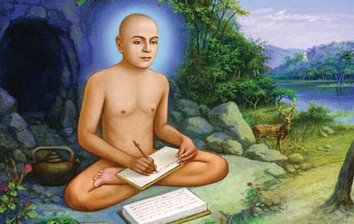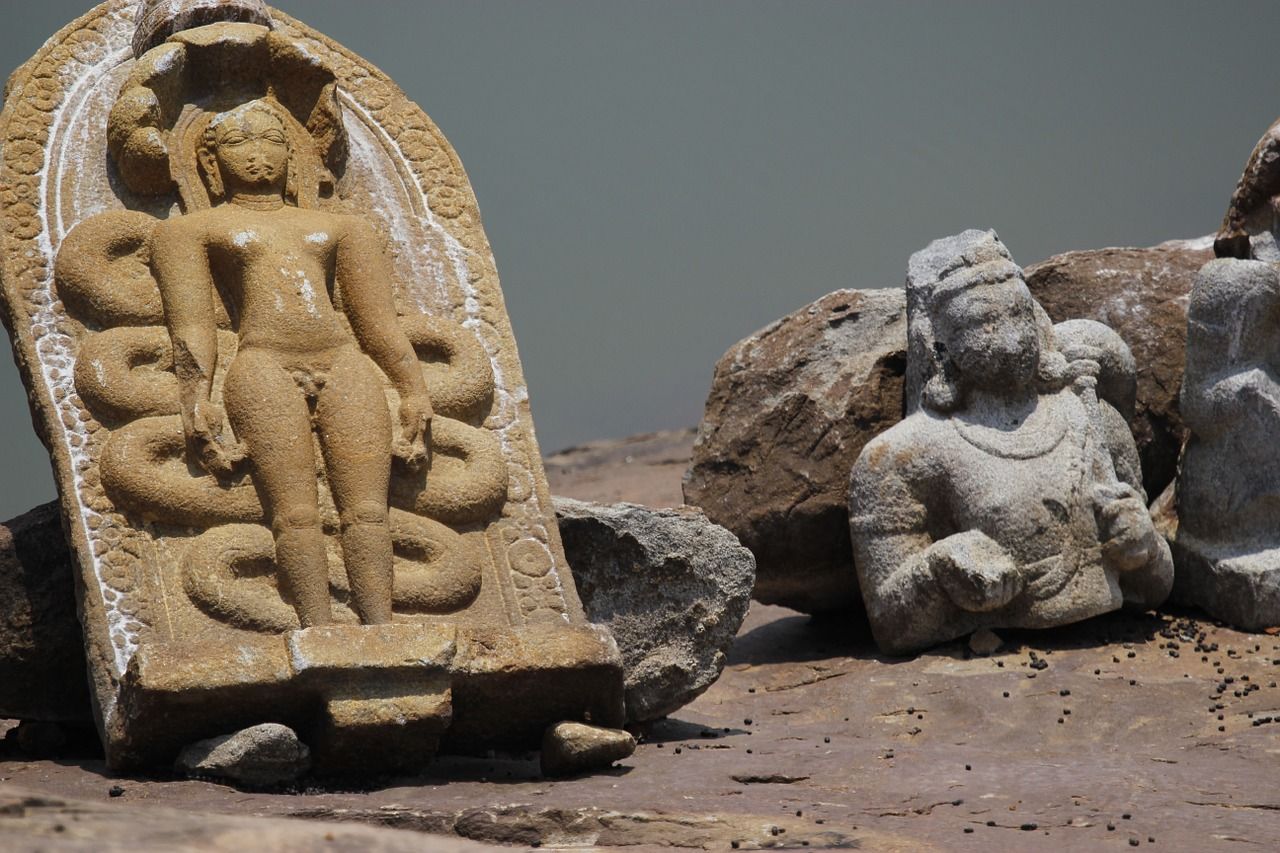How was the Economic life of Guptas
The reign of gupta kings was a period of prosperity and prosperity in economic terms. Special attention was given to the progress of agriculture. In Amarkhosh, Five names have been given for the light faal made of iron, which shows that this important agriculture equipment was universal. And it was used to plow the land.
Kalidaas has represented agriculture and animal Husbandry as a major means of national wealth. Paddy, wheat, sugarcane, jute, oil seeds, cotton, jawar-bajra, spices, incense, indigo etc were produced. There was proper irrigation system. Business was in progress. Producing cloths was the most important industry of this period, Due to which majority of people got livelihood. Apart from this making of ivory, sculptor, Painting, craft work,pottery,constructions of the ships etc. were some other industry of this time.
There was also unprecedented progress in the field of trade in gupta era.Unprecedented progress was also made in the field of business.Used to conduct Business and industry categories. The category was a committee following the same type of occupation or craft. There are Mention of Pattavaay category(Silk yarn weaving committee) in Mandasure article and tailik category in Indore article.
The categories also worked as bankon.and in this form used to give money to its member on interest.There was a head of each category and an executive four or five persons.
Jupiter shows memory that only honest and knowledgeable of Vedas and their duties self-contained and noble persons were appointed as managing officers of the categories. The categories were autonomous institutions with their own rules and laws.
The state generally respect him.the king is instructed in the memories,To make it follow the customs of the categories. She used to settle the conflicts of her members automatically. Each category had its own seal. 274 stamps of composite category have been received from vaishali. This includes moneylenders, merchant and businessmen. Regular coins circulated in the trading business. The Gupta kings introduced majority coins of gold, silver and copper.At this time the ratio of gold and silver coins was 1:16. Common transactions used to kauniyon.
Business development
Trade progressed in the gupta era.The major cities were connected by the long and all wide roads. Bhanunch, Ujjayini, Pratishthan, Vidisha, Prayag, Pataliputra, Vaishali, Tamralipti, Mathura, Ahichchhatra, Kaushambi etc. were the major trading towns. Chandragupta second developed Ujjayni as his second capital.It soon replaced Pataliputra in splendor and prosperity.
Animals and carts were used to carry goods. The Ganges, Brahmaputra, Narmada, Godavari, Krishna and Kaveri rivers were also traded. The Indians built cargo ships.Variety of cups, spices, food grains, salt, whole stones etc. are taken from one place to another. At this time, tamralipti was the major port in Bengal, from where trade with countries like China, Lanka, Java, Sumatra etc. was done.
The major port of western India was Bhrigukchha (Bhoch), from where maritime trade with western countries took place.
India was also traded with Europe through land route. India’s trade with various countries of South-East Asia was also on the rise. Clothes, precious stones, ivory detail, hot spices, coconut, fragrant liquor, indigo, medicines etc. were the main items of export. Clothes, precious stones, ivory detail, hot spices, coconut, fragrant liquor, indigo, medicines etc. were the main items of export.
The traders used to walk in groups while carrying goods from one place to another.It was called Sartha and its leader Sartwah. There was also a committee of merchants called corporations. The head of the corporation was called the superior.
Business relations with Rome
Used to trade with Rome by land route. And it developed so much in the fourth century that silk which was sold by weighing gold in the era of Arlian (161-80 AD). And was the object of wealth and luxury of the nobility, it became so cheap in the period of Julian (361-63 AD) that even the common man could buy it.
Reference : https://www.indiaolddays.com




